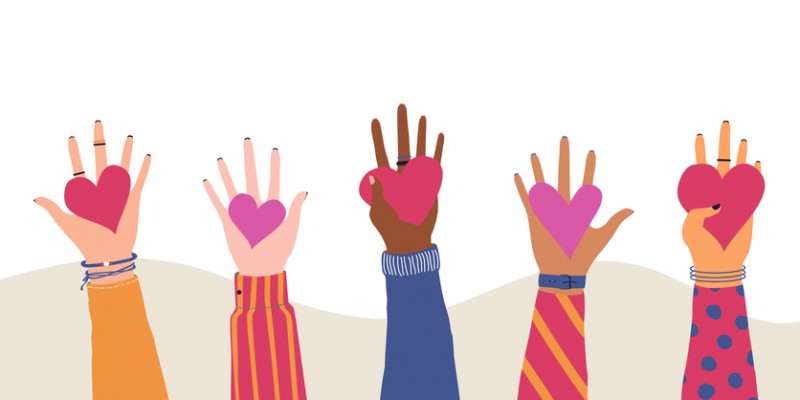
So, you want to do relational organizing? Well, here is how you can start.
Relational organizing is the process by which campaigns, groups, or individuals harness their personal relationships to effect community change. It is a form of organizing that is specific to an individual’s personal network in which they mobilize those relationships into taking action. The relationships can be as close as immediate family members or as broad as followers on social media. The key is some relationship already exists. But where should you start if you’re trying to layer in relational organizing as a tactic for your campaign? Lucky for you we’re about to jump into that.
Start yesterday
We all know relationships are the key to success in most endeavors, and it’s definitely true when it comes to campaigns. You and your team (staff, supporters, volunteers, etc.) should be consistently building and, more importantly, maintaining relationships throughout your campaign (and as an individual even before you start a campaign). The stronger relationships you and your team have, the more results you will see from this tactic.
Set expectations
As a campaign, you should set an expectation that everyone will be involved in relational organizing. Which means everyone should be prepared to leverage their networks for the campaign or cause. They might not just be talking to strangers from a voter file, but also talking to family, friends, and engaging online with people they know. Note, this might be new for some of your team so be sure to keep that in mind.
Map it out
An easy place to start is by simply having you and your team map out all of the different networks and relationships each person already has. This way, your team can brainstorm together and spark new ideas for networks in one another such as book clubs, alumni groups, parents from their daycare center, etc. This will give your team a sense of how large your combined network is and give folks a sense that you’re all in it together.
Training
As mentioned above, some team members may have only been trained on or experience with campaigns where they spoke with complete strangers on the phones, doors, or at events. The relational organizing tactic is much more personal and may be more emotionally draining for some folks. Therefore, additional training on how to specifically do relational organizing will be a must. Allow for your team to role play conversations and name why it might be more or less difficult to engage their personal circles than speaking with strangers.
Tracking
Like with all your tactics, you will want to set up a clear way on how to track contacts and the engagement your team is making. There are tools like VoterCircle, Team, and Hustle that can help, but a good old Excel spreadsheet works as well. It is also helpful for your team to share their contact numbers along with their experiences having these conversations, good or bad, in a team meeting so they can learn from each other.
Provide resources
In addition to training your team, you may also consider easy to use resources or “how-to’s” that can be shared amongst your team, as well as to your broader supporter network about your campaign, topic, or issues. We are seeing many groups and organizations encouraging their base supporters to engage in relational organizing by offering up “how to talk to your family about [insert topic].” They often lay out commonly asked questions and simple responses for supporters to pull from when talking about topics like Black Lives Matter, Immigration Policy, or LGBTQ+ equality.
Have questions about relational organizing? Looking for advice on picking the right relational organizing tool? Get in touch!